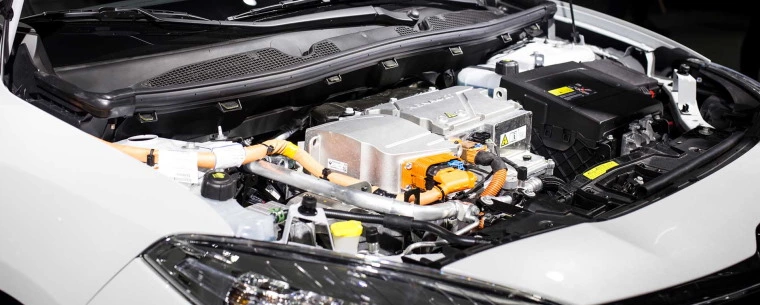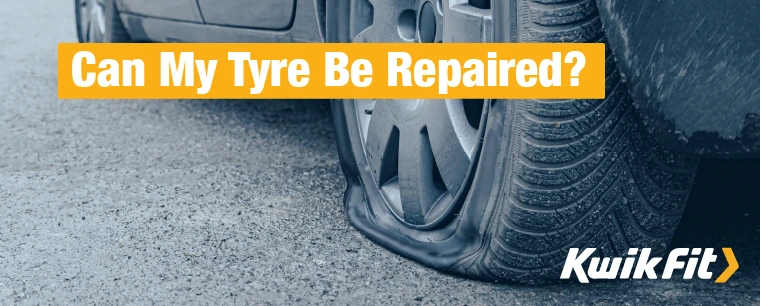What is regenerative braking & how does it work?
Jack Dreyer | Monday 27th June 2022 2:30pm

Regenerative braking is the process of recharging the battery of an electric or hybrid vehicle while braking – read on to find out how and why.
With the tremendous growth in popularity of high-tech greener transport we’re seeing huge advancements in other supporting and related technologies. Tech such as physical sensors, LIDAR sensors, high-power processors, tiny high-resolution cameras, batteries, and motors aren’t only being developed for the enthusiasm for eco-cars, but are now becoming advanced enough to be used in other applications. It’s a really exciting time for transport!
One innovation that you’ll likely have heard of in relation to hybrid and electric vehicles is ‘regenerative braking’ – but what even is it, and how does it work?
Let’s find out.
Firstly, how does a motor move a car?
Before we can understand regenerative braking, we need to look at how cars move in the first place.
In order to move anything, you need to generate power from somewhere and then convert that to kinetic energy. In traditional combustion engine vehicles, this is done through combusting a fuel-air mixture in cylinders which, through a small series of mechanical connections, turns the axles and gets your car going. Check out this page for a full rundown on how combustion engines work and this page for how they get to moving a car.
What first spins in a combustion engine is the crankshaft – which then turns other elements – but the power in an electric motor comes directly from the electric (chemical) energy of the batteries. In an electric motor, the engine core itself spins.
How electric motors work
The exact process of converting the chemical energy from the batteries into the kinetic energy required to move a car is quite technical – so we won’t get fully into the science here. But, in short, an electromagnet is used to turn a central core. Because opposites attract, a series of polar opposites are arranged in a circle around the core but as electromagnets (meaning they can be turned on and off).
By turning electromagnets on and off in the right sequence, the core spins around.
This YouTube video by Jared Owen is a brilliant in-depth explanation of how the electromagnets work in a motor.
This is the same as an electricity generator
So you’re turning the electrical power into mechanical power through the electromagnets. But, importantly, this is exactly the same way any electricity generator works, but the electricity generator works in reverse (by converting mechanical power into electricity).
By the time you’ve got your car moving, it’s built up enough momentum to keep moving for quite some time unless there’s something slowing it down (such as disc brakes). It’s why on a motorway you’ll likely not need to use your brakes very much at all.
In an electric car, as a simplification, the wheels are still connected to the motor when you take your foot off the accelerator pedal, it’s just that the power to the wheels is cut off. What this means is that the wheels are now acting as the mechanical power that turns the motor.
This, in turn, generates power that’s put back into the batteries.
This has two effects:
- It turns the core through the mechanical momentum of the car – and therefore recharges the batteries.
- It slows the car down – because the mechanical power required to recharge the batteries through the ‘generator’ is similar to the power required to move the car in the first place.
Here’s another great video explaining the process:
Does this make an unlimited battery?
If this recharges the batteries, then it’s natural to assume that you’ve now got an unlimited battery! But, unfortunately, that’s not the case.
If you remember Conservation of Energy Law (that energy is never created or destroyed, but converted) then you’ll likely remember that there’s also a lot of opportunity to unintentionally lose energy (to other elements) in conversions.
The ‘regenerative’ part of the regenerative braking, therefore, isn’t able to recharge the batteries to more than they started with because lots of energy is lost in the form of heat and sound with each conversion.
Unfortunately, at the current stage of the technology, it’s only able to recapture a small percentage of the energy used to move the car – though sometimes as much as 20%.
The main benefit, then, isn’t to create unlimited car batteries but to extend the driving range. Being able to go 20% further on one charge is actually quite significant!
Need to get your electric car serviced?
If you need your electric car looked at, make sure you choose somebody qualified to work with EVs – trust the experts at your local Kwik Fit centre.
Any facts, figures and prices shown in our blog articles are correct at time of publication.
Featured Articles
Can My Tyre Be Repaired?
Wednesday 22nd November 2023
It can be hard to tell if your puncture can be repaired or not. Read our handy guide to understand if your tyre can be saved or if you need a replacement.
How Long Do Tyres Last & How To Identify Wear
Wednesday 18th October 2023
Driving on old or worn tyres can be dangerous so you need to maintain them properly. Read about how long tyres should last and how to know if your tyres are old.
Wet Weather Driving Tips – Staying Safe in the Rain
Thursday 27th October 2022
Driving in the rain isn’t only a pain but can be surprisingly hazardous – here are our top tips for staying safe in wet & icy weather this winter.







